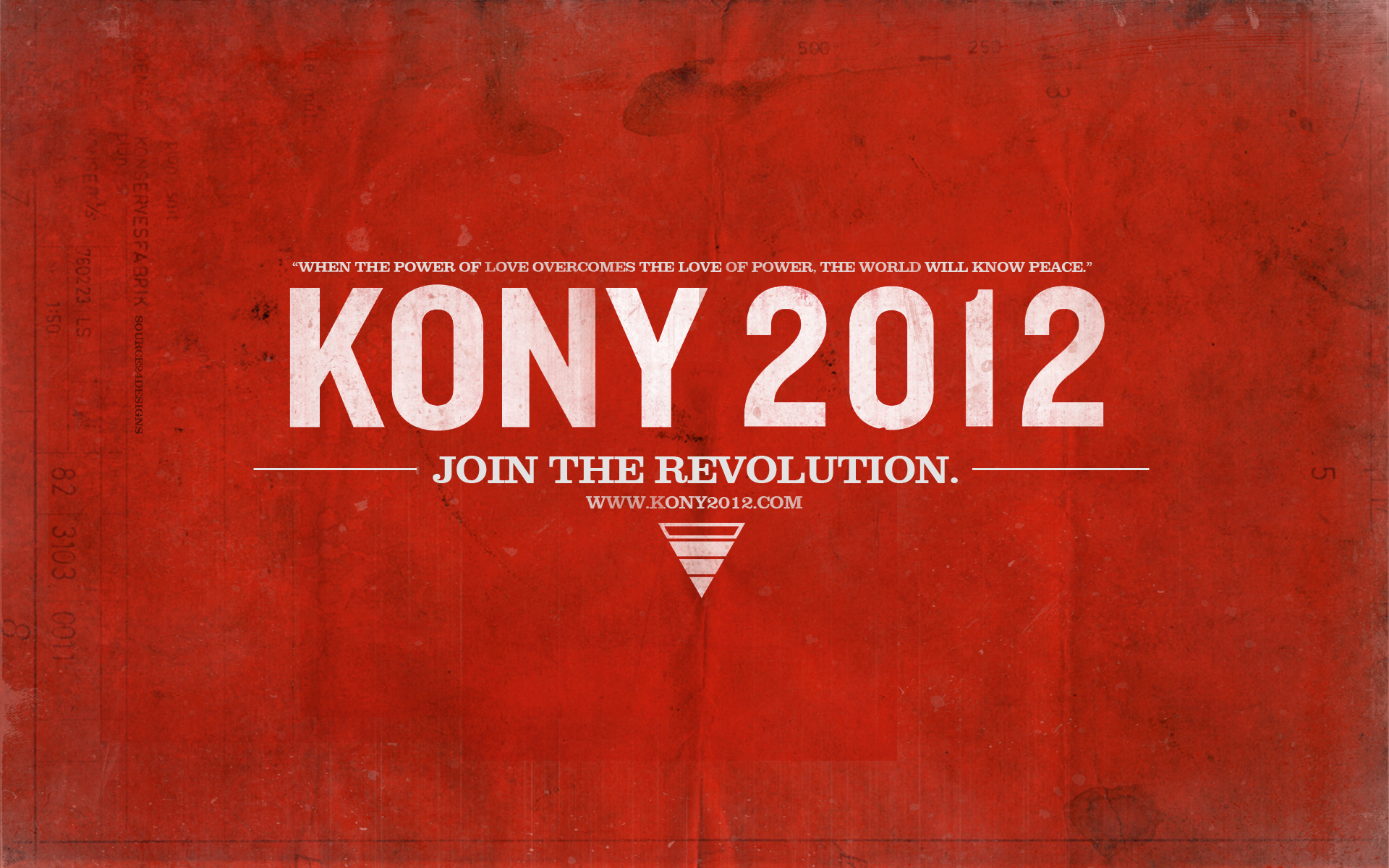The Kony 2012 “Controversy” (by Dan Pallotta, Harvard Business Review Commentator)
4:40 PM Tuesday March 13, 2012 | Comments (167)
Last week, Invisible Children launched a brilliant video aimed at making Ugandan rebel warlord Joseph Kony “famous” in the interest of capturing him and ending his reign of deranged brutality. The group hoped for half a million YouTube views by year end. They’re up to 76 million today.
And now they’re being attacked — not by Kony, but by critics whose voices are raised louder about this video than they ever were by Kony’s atrocities.
Founded by three college students in 2003, Invisible Children is a human rights organization. They intended to make a documentary on Darfur. Bullets in the direction of their truck in Uganda caused them to change direction. Instead of a film, they ended up creating a massive movement to save children from abduction into Kony’s rebel army. Their movement has galvanized hundreds of thousands of young people all over the world. They raise in excess of $13 million annually.
We pay lip service to the need to raise a new generation of socially conscious young people. We build institutes for leadership and the advancement of civil society on our campuses for it. Not in their wildest dreams could these efforts hope to produce young leaders capable of the results these three young men have achieved. This is movement-building at its finest. I have rarely seen anything like it.
Similarly, many bemoan the march of students into business schools and investment banking. They despair at the advance of materialism over concern for the world. These three activists and their legions of supporters are the opposite of that.
Yet predictably, the more successful their movement becomes, the more criticism they attract — and from the very people preaching social consciousness and decrying MBAs. It’s a wonder any young person would want to try to change the world anymore. At the first sign that any of them actually has a shot at it, their own sector wants to cut them off at the knees. No success allowed. It offends our puritan ethos of self-criticism and restraint. Here’s what Invisible Children is being criticized for:
1. Not combating the atrocities of the Ugandan military establishment. This reminds me of an incident in 1983. Thirty-eight of my classmates and I were bicycling 4,256 miles across the United States over nine weeks during an extremely hot summer to raise money for world hunger. Someone asked, “Why aren’t you doing anything about hunger in America?” My response was that we had our hands full biking across America for world hunger and that if the guy was so damned concerned about hunger in America why wasn’t he doing something about it himself?
2. Not giving adequate weight to the fact that Kony is now outside of Uganda with a weakened force of several hundred members. Now, as if their domestic movement-building wasn’t awe-inspiring enough, Invisible Children has built an early warning radio network to protect local citizens from rebel attack. Their website has a user-interface that tracks this data. It’s so user-friendly it makes Apple’s aesthetics look sophomoric. Yes, Kony is out of Uganda, but that hasn’t stopped his Lord’s Resistance Army from killing 151 people and abducting 591 in the last year alone. What are the critics saying, exactly? Leave the poor murderer alone, he’s suffered enough already?
3. Spending too much money on film and media. It’s a film and media organization for Christ’s sake. That’s how they’ve drawn this massive groundswell of young supporters to their cause. Would critics rather they spent nothing on film and media and that no one know about them or the issue? That the children remain invisible? Of the $8.9 million the group spent last year, only 3.2% was spent on fundraising, and only 16.24% on administration. And guess what people were administering and fundraising for? The mission of the organization. So, to you young followers out there, given what I’ve seen, I’d say 100% of the money you’re giving is going to good. I actually think they should be spending more, not less on fundraising. And Invisible Children has the clearest, most transparent financial and disclosure statements I’ve just about ever seen.
4. Making it harder to capture Kony by spotlighting him. What’s the alternative? Maintain the strategy that’s left him free for sixteen years?
The children are now visible. Case closed. If only more humanitarian organizations had such success toward their missions.
But there’s something bigger going on here.
In the 1960s, critics whined that the money spent to go to the moon was more than it was worth. They didn’t get that it wasn’t about collecting moon rocks. It was about collecting passion and aiming it at something impossible. It was about demonstrating to ourselves that we were underestimating our potential by massive orders of magnitude. They didn’t get the impact of millions of eight year-old kids watching Neil Armstrong walk on the moon, whispering to ourselves, “My God, anything is possible.”
You should see the light in the eyes of the college kids engaged in Invisible Children’s mission. That’s the larger value of what these guys have created. A generation of kids believing again that they can change the world, and seeing themselves accomplish it.
The criticism is largely based in envy at Invisible Children’s success. Envy? In charity? Yes. There are an awful lot of people out there for whom all of this work is still about their own holiness. They’d rather children remain obscured by criticism of the way in which they’re being made visible.
fossores
Related posts
Categories
Category Cloud
Tag Cloud
Recent Posts
- Victors and Victims November 6, 2018
- 3 Hacks for Happiness October 29, 2018
- Hope Against Death September 20, 2018
- The Shape Of The Cross September 19, 2018


